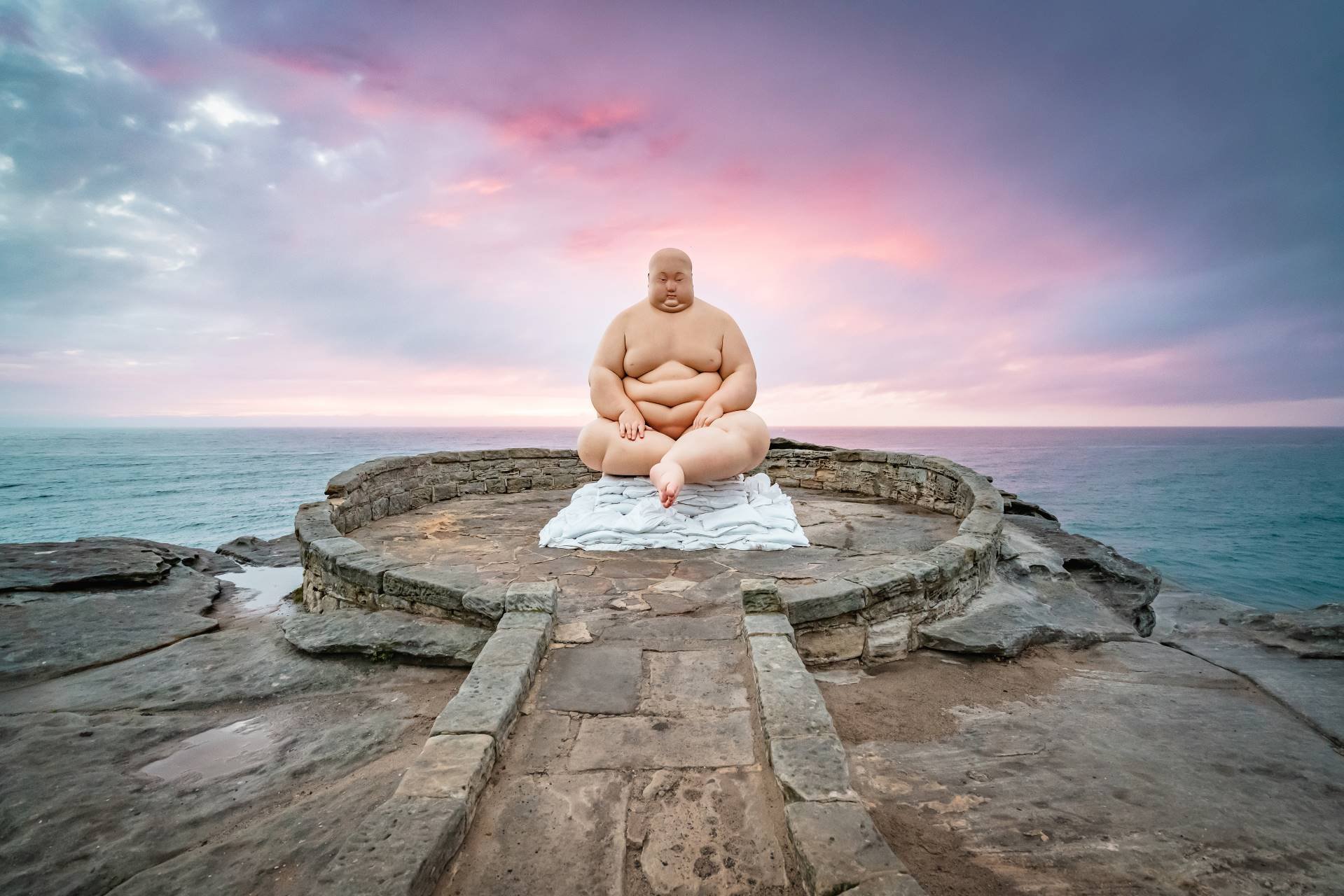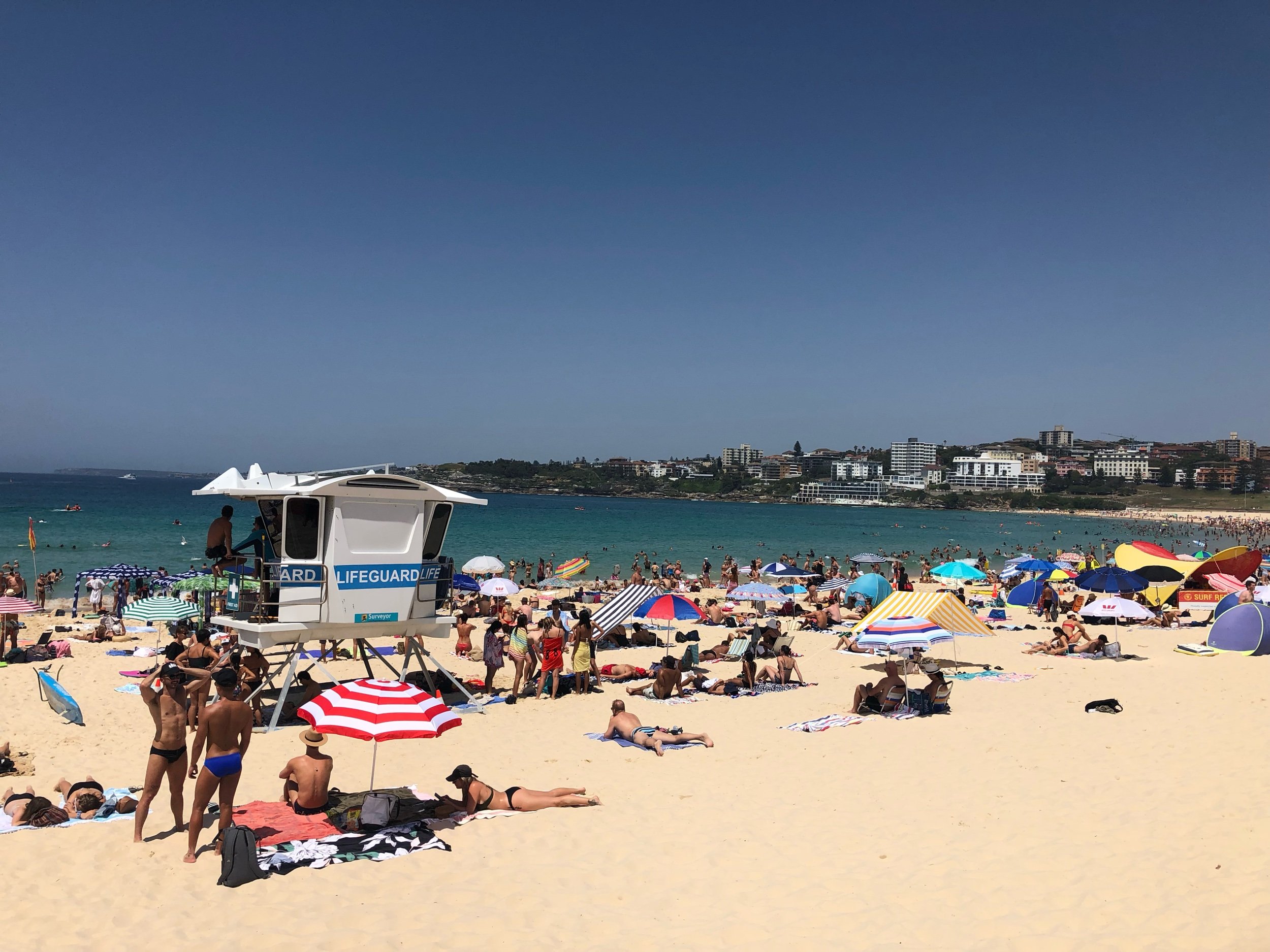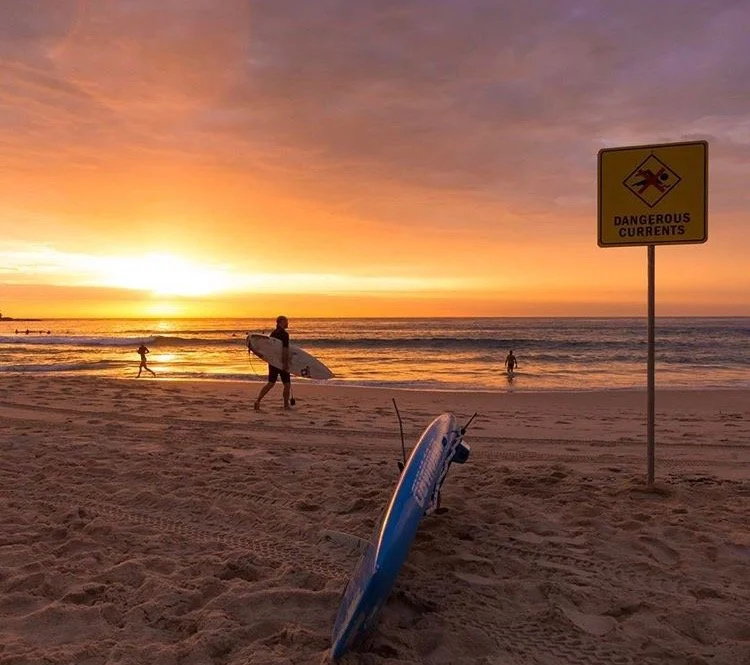Facts about Bondi Beach That Will Surprise You
Bondi Beach is Australia’s most visited beach, with around 2.9 million visitors annually.
Icebergs pool is turned into an advertising canvas a few times a year. See every example from the past 15 years here.
A life size buddha once overlooked Bondi Beach as part of an art exhibition.
Bondi Icebergs pool is emptied and cleaned every Thursday.
The beach stretches about 1 km in length and becomes especially crowded during summer.
It recorded its highest temperature at 117.14°F (47.3°C) on January 7th, 2018.
Known for its vibrant street art, the Bondi Beach Graffiti Wall dates back to the 1980s.
Bondi Beach is a popular filming location for TV shows and movies, including 'Bondi Rescue'.
The largest surfing lesson was held at Bondi Beach with 320 participants in December 2015.
Home to the oldest surf life-saving club in Australia, the Bondi Surf Bathers’ Life Saving Club founded in 1907.
The tragic event known as Black Sunday occurred here in February 1938, where around 250 people were swept out to sea.
The last recorded fatal shark attack at Bondi Beach was in 1929.
Bondi Icebergs is the most photographed swimming pool in the world and offers stunning ocean views.
The name "Bondi" originates from the Aboriginal word "Boondi," which means "noise made by sea waves breaking on the beach," akin to the English word "surf".
Bondi Beach was made accessible to the public in 1882 after it had been private land under the "O'Brien Estate".
The area has experienced significant cultural shifts, including becoming home to Jewish migrants post-World War II, which influenced its development into an affluent enclave.
Bondi Beach has been a battleground for beach attire decency from as early as 1907, with notable incidents including American actress Jean Parker being escorted off the beach in 1951 due to her skimpy bikini.
A hermit named Jhyimy "Two Hats" Mhiyles became a local celebrity during the 2000 Sydney Olympic Games for his lifestyle and poetry recitals to visitors.
Bondi Beach has several heritage-listed sites and was added to the Australian National Heritage List in 2008.
In 2011, free Wi-Fi was implemented at Bondi Beach for visitors and locals.
The beach hosted the beach volleyball competition at the 2000 Summer Olympics, with the construction of a temporary 10,000-seat stadium and additional courts for the event.
The first-aid kits used by the lifeguards on "Bondi Rescue" have evolved to include advanced medical equipment that one would typically expect to find in hospitals.
Hastings Pde in North Bondi is one of Australia’s most exclusive, and expensive streets.
During peak season, the lifeguards perform between 30 to 50 rescues each day.
Lifeguards perform night patrols sometimes, especially during special events like New Year’s Eve.
Before it was named "Bondi Rescue," other names considered for the TV show included “Life on the Beach” and “Guardians of Bondi”
Bondi Icebergs is recognized as the most photographed pool in the world.
To become an official member of the Bondi Icebergs, swimmers must swim there 3 out of 4 Sundays each month during winter for five years.



